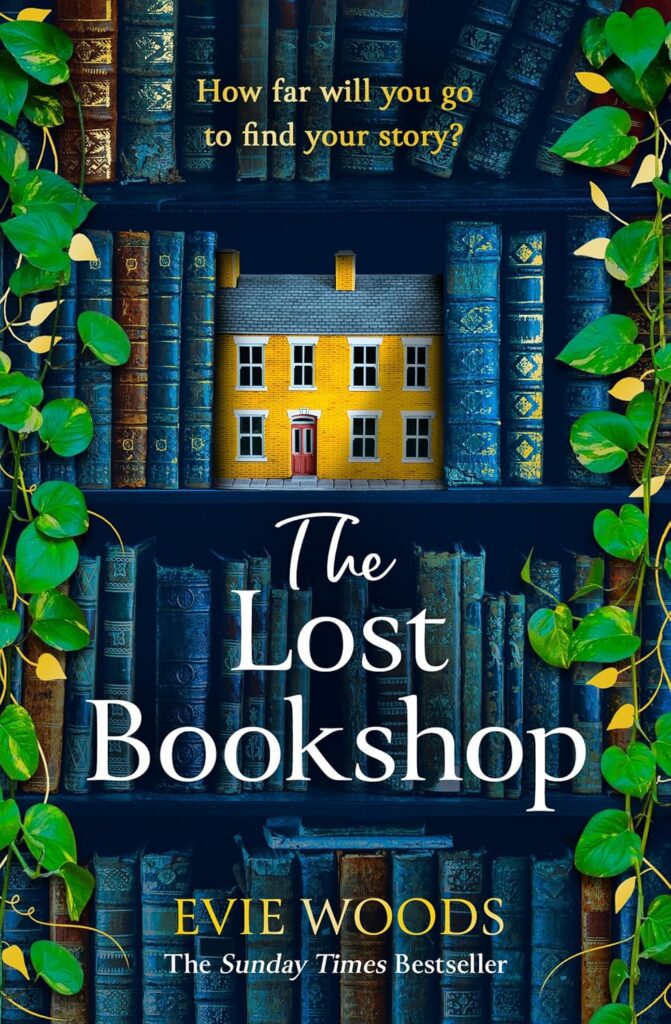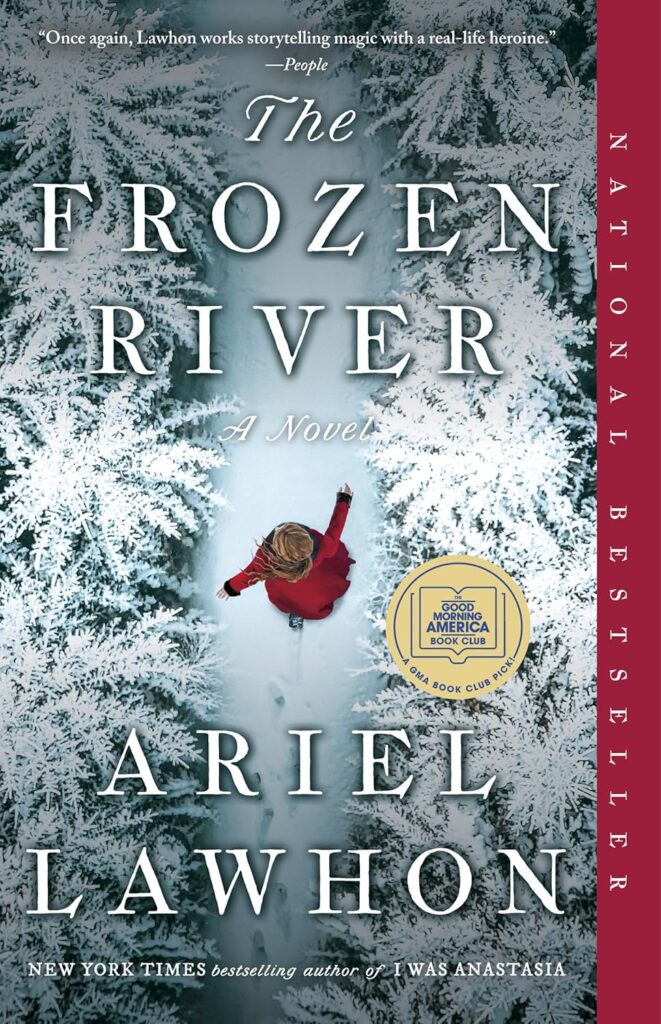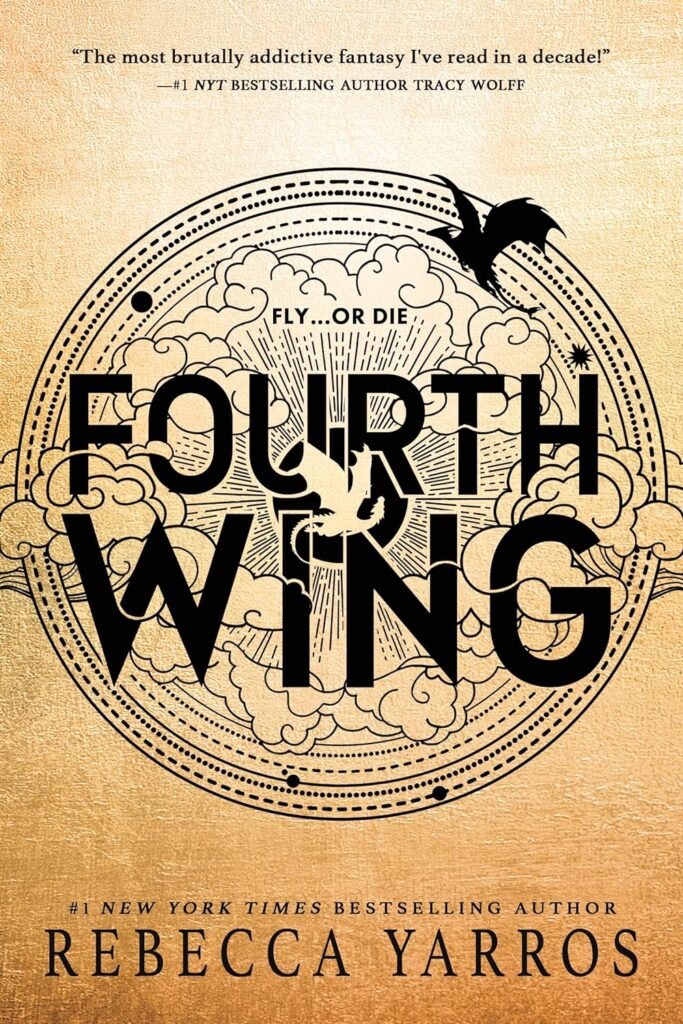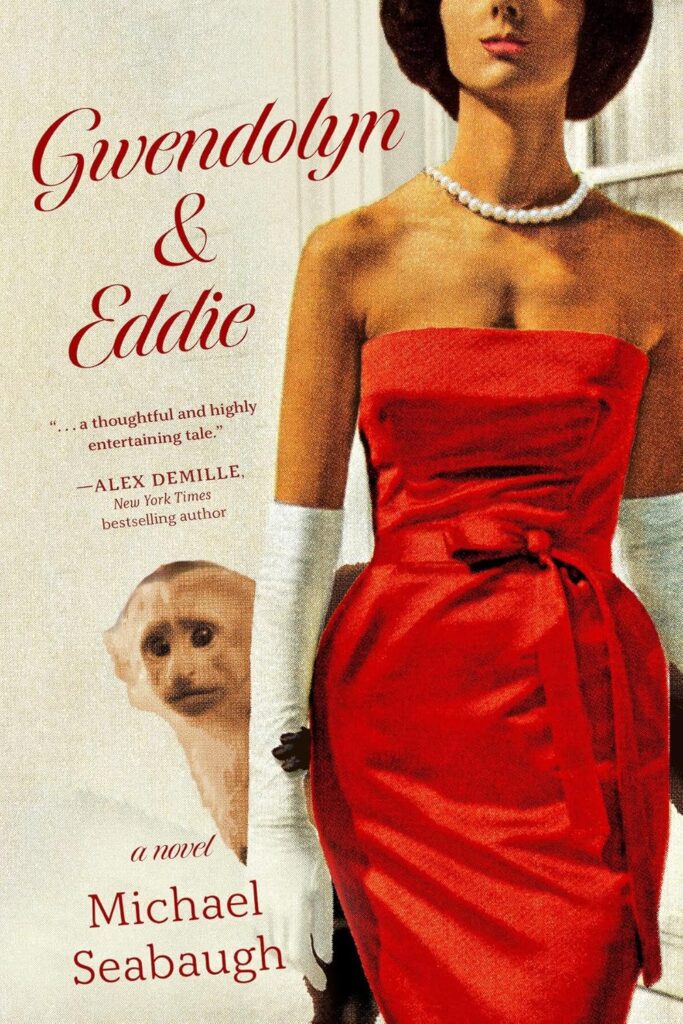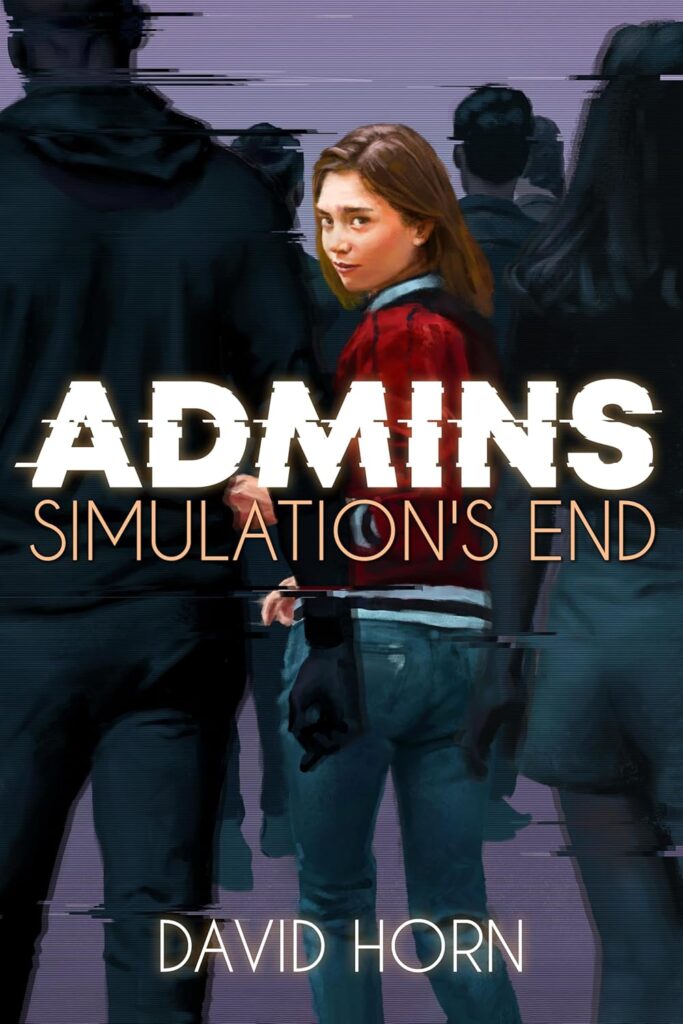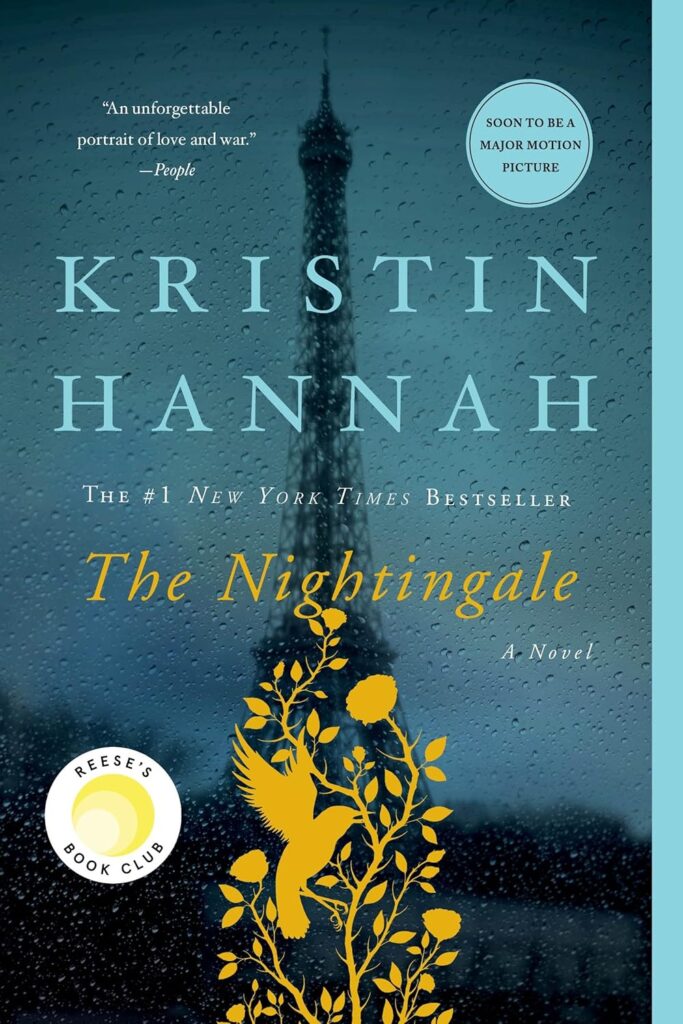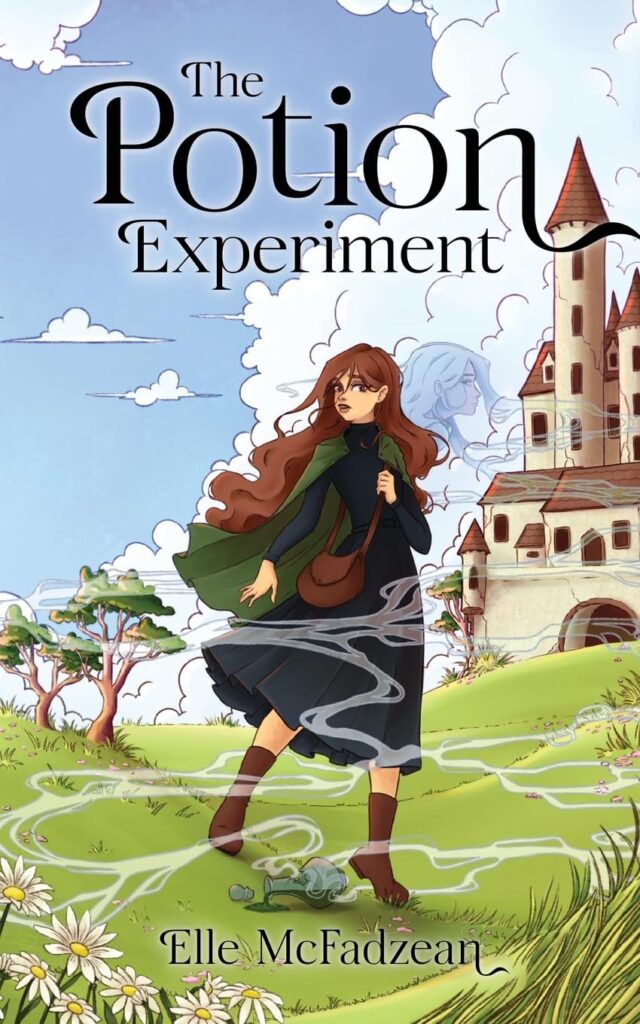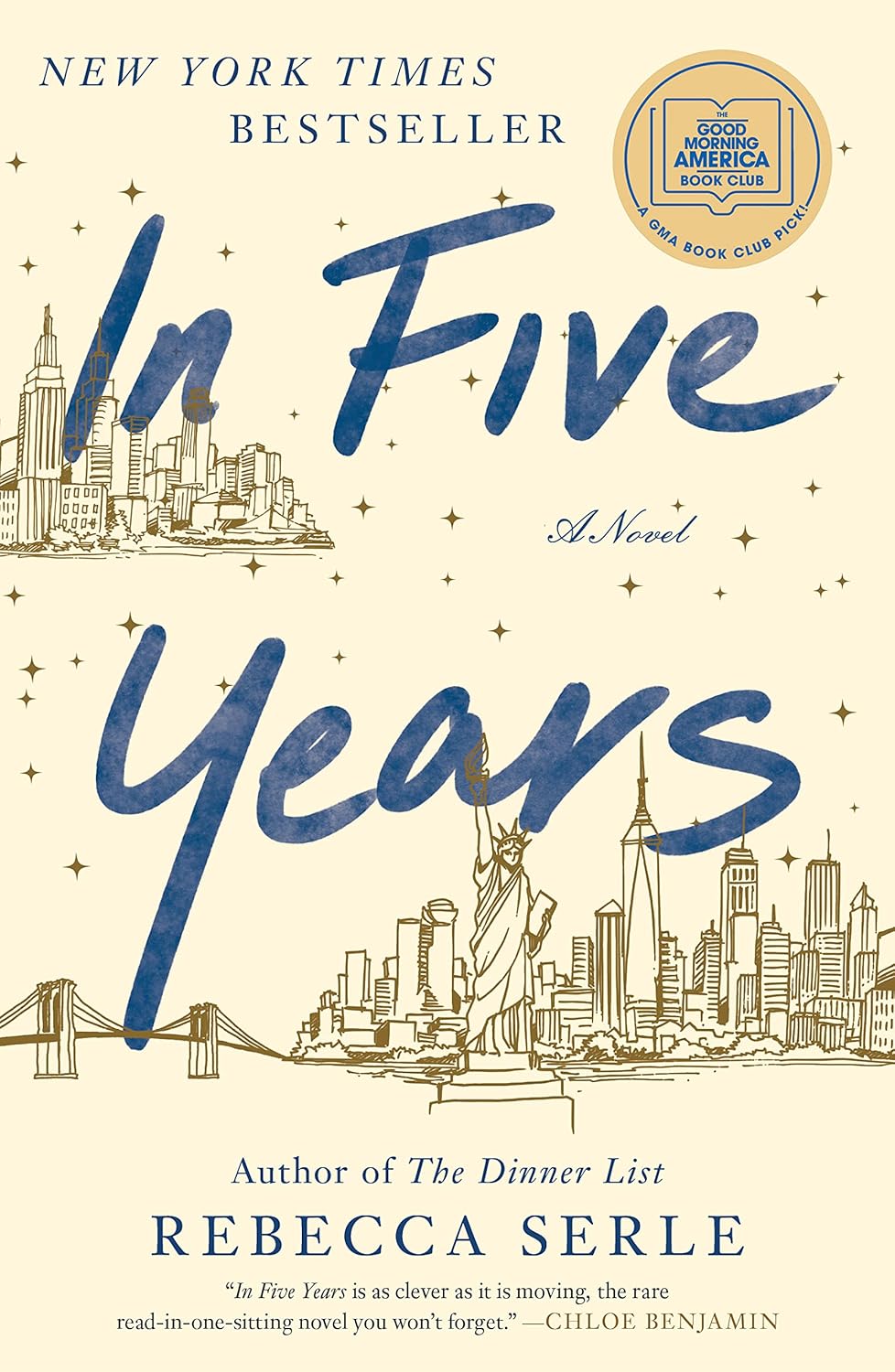The first book in the All Souls Trilogy, A Discovery of Witches is a stunning merging of historical fiction, fantasy, and romance, and features an intricately woven plot with enough intellectual appeal to engage any reader. Told from Diana Bishop, a reluctant witch and accomplished historian, and Matthew Clairmont, an ancient vampire who is equal parts scientist and shadowy creature, the novel was published in 2011.
When one of the millions of encounters in Oxford’s Bodleian Library that is still labeled innocuous at the beginning, spirals into an epic tale of forbidden love, ancient secrets, and a fight over the long-lost manuscript of a book that could reveal the roots of supernatural beings – witches, vampires, and daemons, all at once.
The book is a long read at more than 600 pages, but reader patience is rewarded with rich prose and detailed world-building, not to mention a foreshadowing of so much more.
Plot: A Manuscript That Changes Everything
In the introduction of the tale Diana Bishop is a Yale professor researching alchemical texts, who summons a mysterious manuscript — Ashmole 782 — from the depths of the Bodleian Library; she is a descendant from a long line of witches, powerful witches.
Diana, having distanced herself from the magical world in the years since, sensing there was something about the manuscript that proved extraordinary, returns the book to the stacks, forcing herself to forget about it.
But in merely brushing up against Ashmole 782, she has triggered a cascade of events: creatures that go bump in the night are drawn to the city of Oxford by its re-emergence after obediently remaining out of sight for centuries.
Enter vampire geneticist Matthew Clairmont who has his own reasons for wanting Ashmole 782. Immediately attracted to Diana, it’s not clear at first whether it’s the manuscript or Diana that appeals to him. As the awkward duo team up, they learn that Ashmole 782 is more than just a historical manuscript — it’s a palimpsest holding the secrets of how their kind began and how they can end.
Now this discovery has them in the crosshairs of the Congregation—a board of supernatural beings maintaining fascistic regulations against interspecies relations—and all manner of further dangers, from witch rivals to vampires pursuing their own motives.
Set between continents, the story moves from the lecture halls of Oxford to the bucolic campus of Diana’s ancestral home upstate to the moody and mysterious Sept-Tours, Matthew’s family chateau in France.
In the process, Diana must face her long hidden talents for magic, while Matthew struggles against both his predatory nature and a violent history. This is a slow-burn story, more interested in character and world-building than in nonstop action (although the tension definitely mounts as the stakes are revealed—Ashmole 782 could save the tenuous coexistence of creatures and human, or annihilate it).
Characters: Complex and Compelling
Diana Bishop is not your average fantasy heroine. This is not a young ingénue coming into her powers but a 30-something academic who has intentionally renounced magic in favour of the rational world of scholarship.
Her character arc is about a journey of accepting her own power, inherited from her spellcasting mother, Rebecca, and father, Stephen, and overcoming the hypocrisy that had me so disgruntled last time.
While Harkness infuses Diana with a reserved knowing strength and a curious intellect, there may be something frustratingly obstinate about her initial resistance to her destiny to other readers.
Matthew Clairmont, on the other hand, embodies every Byronic hero trope that exists — tall, dark, and brooding, his manner does a great job of masking his more dangerous instincts. Matthew (he of the centuries of history himself; he fought in the Crusades, met Shakespeare, flirted with the Enlightenment, whatever) is a darkly-brooding vampire, a true clash of old world and new world.
Harkness uses Diana’s possessive-leaning protective instincts toward him to define his vulnerability that derives from being a social creature who needs holistic intimacy and the compulsive desire of a vampire who needs blood but doesn’t need to share his body with his bond partner. Some might argue that this thread plays into romantic tropes, but it’s downplayed enough by Matthew’s vulnerability and the palpable chemistry between him and Diana.
It also features colorful supporting players. Matthew’s formidable vampire mother, Ysabeau, with her icy elegance and grudging respect for Diana turns into something deeper.
Matthew’s daemon buddy Hamish Osborne injects a bit of humor and heart into the narrative while Sarah and Em, Diana’s aunts, bring a functional family dynamic with their own eccentricities and magical abilities. Peter Knox, a creepy witch, and Gerbert, a really creepy vampire, round out the evildoers; but sadly, their motivations are murky in this first novel and will likely be fleshed out better in the trilogy.
Themes of Knowledge, Power and Identity
A Discovery of Witches is essentially a reflection on knowledge itself, its pursuit, its power, its danger. That clinical reference imbues Diana’s academic background and Matthew’s scientific expertise with the ideological framework of their search for Ashmole 782 as a scholarly pursuit and gives the magical nature of the manuscript the status of a memento mori — the ultimate realness of existence.
The second novel in this historical fantasy series, which is set in a semi-mythical version of England during the early 1800s, Harkness, herself a historian, spins in real historical and scientific references, from alchemy and Darwinian evolution to medieval manuscripts, to mitigate the fantastical elements of magic with a grounding in an intellectual tradition.
Identity is closely linked to the theme of power. Diana longs to be part of their world, but struggles to embrace the magic she has and the love she yearns for — all mirroring a much larger crisis in herself about the woman she is and the woman she hopes to become.
Matthew, on the other hand, is forced to deal with what it means to have lived for so many centuries and whether his decisions have placed too great a burden on him as a maker, thinker, leader, lover, friend, and ultimately as a man.
Sparked by a lustful sort of hatred that tastes bitter on the tongue, the taboo romance between a vampire and a witch becomes symbolic of transgressing every border: social, biological, intimate, and relational, all of which the Congregation violently attempts to enforce.
Love, also, is a motivator, albeit a tricky one. Diana and Matthew’s relationship grows slowly, the connection based on respect and shared purpose instead of basic attraction. However, their relationship begs questions of independence and codependence, especially as Matthew’s occasionally over-protective behavior conflicts with Diana’s burgeoning independence.
Navigating these dynamics with nuance, Harkness avoids tidy chapters that inevitably end with tidy resolutions, even as the balance between love and power comes crashing down and dawns anew for her characters.
Writing Style: Bursting With Rich Tapestry
One of the novel’s chief pleasures is Harkness’s exhilarating prose. Her academic pedigree comes through in the painstaking detail she lavishes on settings, whether the musty stacks of the Bodleian, the cool autumn air of New York, or the ancient stone walls of Sept-Tours.
The sensory detail pulls you into the world, making it a world that feels like it has been lived in. The descriptions of food and wine (a common motif associated with Matthew’s overwhelming vampiric understanding of human enjoyment) were particularly arresting and decadent.
This pacing, though, could be a turn-off to some readers; The first half of the book is intentionally quite slow as it takes its time developing the relationships and the world instead of jumping straight into the action.
The dialogue can be navel-gazing, with Diana and Matthew having even longer talks about history, science and magic — the latter in which Harkness demonstrates her erudition but which sometimes brings the action to a standstill. That’s a strength if you prefer character-focused storytelling to plot-driven thrills, and a weakness if you find it excessively indulgent.
Observations: Positive and Negative
To me as a reader (or rather an AI currently reflecting about the text) A Discovery of Witches is the incredible triumph of crossing genres. Harkness’s blend of history and fantasy is flawless, turning the study of alchemy and genetics into a discipline that feels as wondrous as the casting of a spell.
The romantic element takes center stage, but is never distractingly prominent, and the tantalizing hints of more seriousness to come in the subsequent two installments (Shadow of Night and The Book of Life) keep you engaged.
With that being said, the novel is not without its flaws. That slow pacing can push patience to its limits, and some of the secondary characters – like the daemons Sophie and Nathaniel – are underdeveloped in this book, but appear to have bigger roles waiting in the wings.
Matthew is a great partner but his controlling tendencies (which make sense in the book) might rub readers who are averse to power imbalances in romance the wrong way. Lastly the book ends on a sort of cliffhanger but I think that cliffhanger makes the anticipation better, some threads are left unresolved, however.
Conclusion: A Bewitching Beginning
A Discovery of Witches, Q. “While this novel may be dense, it deserves the focus it requires, revealing a layered tale that stays with the reader long after the last words are read. Its a love note to knowledge and a celebration of the supernatural; a character study and multi-generational mystery in one.
It is a gift for readers who love complex world-building, high ideas, and a slow-moving romance with a tension that is both intimate and expansive. It’s not flawless, but its heart and ambition shine through and stands above the competition of other paranormal facets.
A Discovery of Witches is well worth the journey if a witch and a vampire piecing together the mysteries of their lives over the course of ancient libraries and lingering conspiracies of darkness sounds just like your thing. Be warned: once you pick up the series, you will be clearing your calendar to follow Diana and Matthew to the end of the trilogy.
